Specialized in precision machining of small-batch, multi-variety, non-standard parts
custom machining based on drawings, rapid prototyping, small-batch production of non-standard components, and one-stop solutions from design drawings to finished parts.
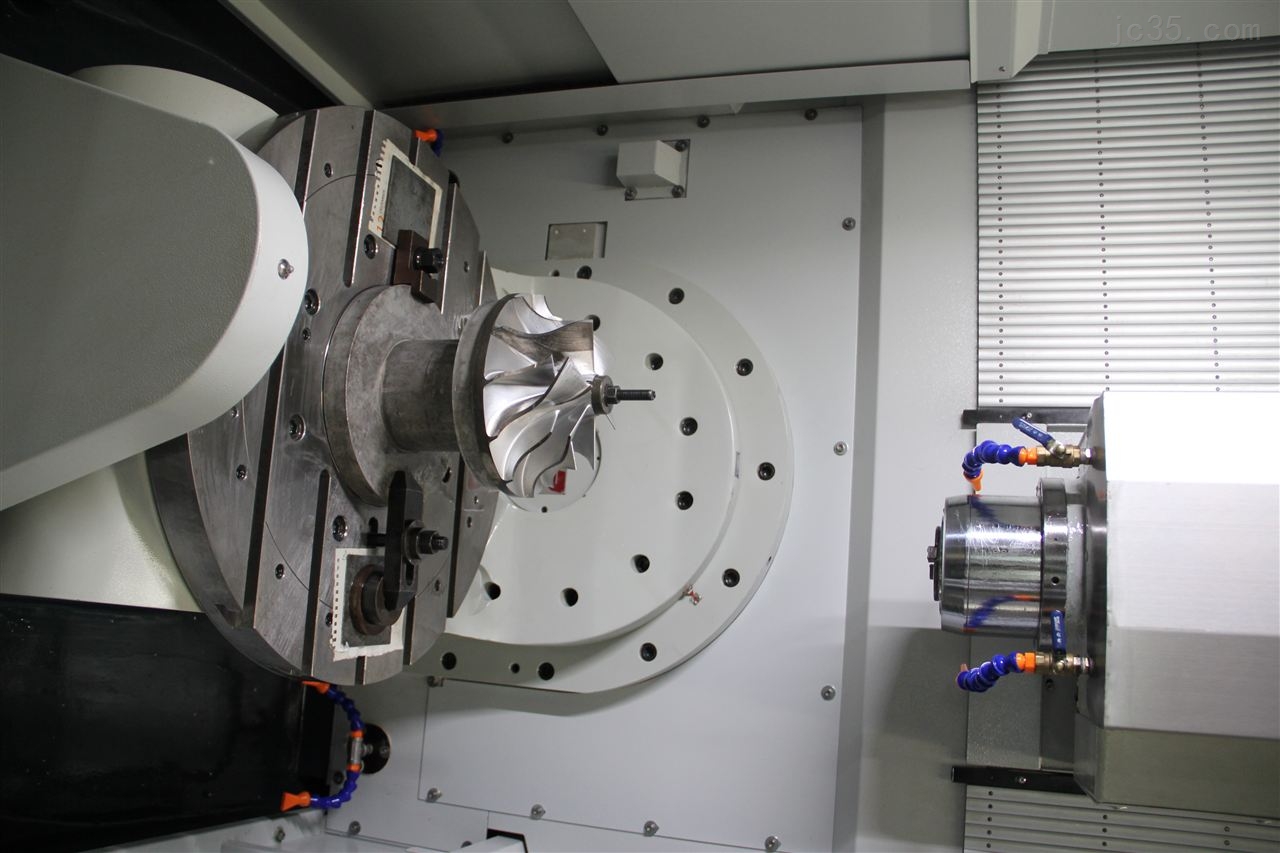
Five-Axis CNC Machining Programming Techniques and Common Problem-Solving Solutions
Five-axis CNC machining is a high-precision, high-efficiency technology that is widely used in aerospace, automotive manufacturing, mold making, and other industries. However, the complexity of five-axis programming also presents many challenges for operators. This article will provide a detailed overview of five-axis CNC machining programming techniques, as well as common problem-solving solutions, aiming to help technical personnel improve programming efficiency, reduce machining errors, and enhance machining quality.
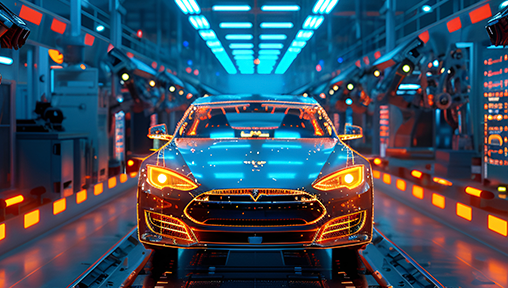
Research on Manufacturing Process and Precision Machining Technology of Automotive Machinery
In the constantly developing economy, the Chinese automotive industry is facing some opportunities and challenges. For example, the application of new manufacturing processes and processing technologies can bring opportunities for the development of the automotive industry, but at the same time, the automotive industry will also face severe market challenges.
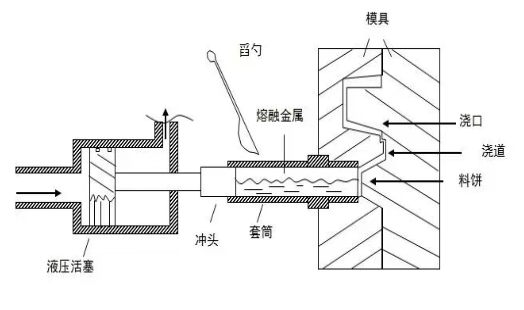
What is the difference between casting and machining
In the field of industrial manufacturing, casting and machining are two indispensable processes. They play a key role in the production process of products, but there are significant differences in their characteristics, process flow, and scope of application. Understanding the difference between casting and machining is not only crucial for engineers and related practitioners, but also helps companies make more informed decisions when choosing production processes. This article will conduct an in-depth analysis of these two processes, exploring their respective advantages, disadvantages, and application scenarios.
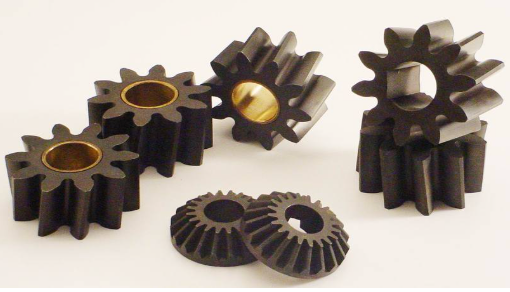
Comprehensive analysis of powder metallurgy gear manufacturing process
This article provides a comprehensive analysis of the manufacturing process of powder metallurgy gears, covering raw material selection, compaction, sintering, and post-processing. It elaborates on the process advantages, application fields, and development prospects.
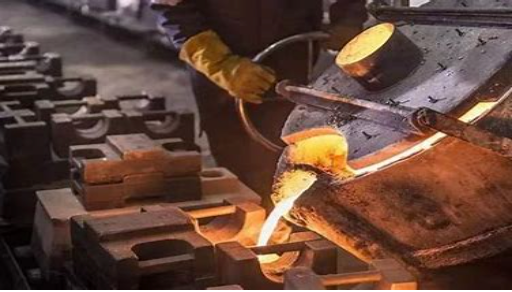
Is casting processing cheaper than machining
Casting and machining are two common processing methods in the manufacturing industry, each with its unique advantages and application areas. Choosing the appropriate processing method not only affects production efficiency, but also directly relates to cost control. In this article, we will delve into whether casting processing is more economical than machining, as well as the various factors that affect the cost of both.
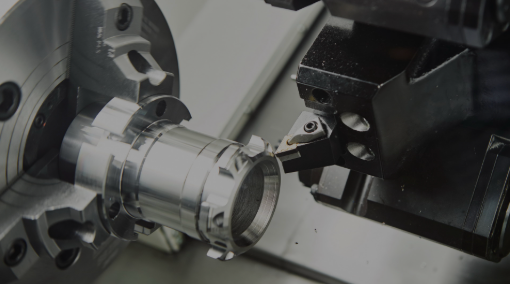
Do you know all six common machining processes
This article introduces six common machining processes: turning, milling, drilling, grinding, stamping, and electrical discharge machining (EDM). It elaborates on their principles, applications, advantages and disadvantages, and future trends, contributing to enhanced production efficiency and product quality.

How does OEMach ensure the quality of its parts?
From the beginning of communication, OEMach proactively understands the quality points that customers are concerned about, and provides cost-effective and rational suggestions in terms of design, materials, production processes, manufacturability, and other aspects. Once your order is confirmed, we will conduct a comprehensive Manufacturing Feasibility Analysis (DFM) review to identify any issues that we believe may affect the quality of your components. We will share the order manufacturing process with you in real-time and resolve any quality issues that may arise during the production process.

Have you obtained quality system certification?
OEMach has passed the ISO9001:2015 quality system certification

What types of post-processing can OEMach provide?
The post-processing of parts that OEMach can provide includes: assembly adaptation, fastening and metal embedding, polishing and grinding, sandblasting and drawing, painting and silk screen printing. We also offer a range of professional surface treatment options, such as anodizing, electroplating, chrome plating, chemical treatment, powder coating, etc.

Can OEMach provide product design?
We have specialized mechanical design engineers to design according to your needs

What types of production processes can you provide?
OEMach provides CNC machining, precision sheet metal processing, 3D printing, industrial design, and surface treatment of parts.

Can you provide a monthly billing period?
Unless otherwise agreed, we expect all new customers to make advance payments before the order is initiated. After a period of cooperation between both parties, evaluate whether to implement the monthly settlement period based on the actual transaction situation of the order. Thank you for your support and understanding!

How long does it usually take to receive the parts?
The production cycle depends on the size, quantity, and processing requirements of the parts. Generally, small batch orders take 5-10 days

Is there a minimum order quantity?
OEMach does not have a minimum order quantity requirement, and our services can meet your production needs for different quantities, from single piece prototype model validation to small batch customized parts production and processing.

How to ensure strict confidentiality of customer designs?
Our factory always implements strict measures to keep customer information confidential, and the development of OEMach over the years is due to the good reputation gained through cooperation with numerous customers. If necessary, we will sign a confidentiality agreement with you

What format of data files do you need for quotation?
All processing procedures are based on complete 3D data, and OEMach requires you to provide 3D data files in STEP or STP format for processing analysis and price evaluation. If there are dimensional tolerance requirements, please provide 2D files in DWG or PDF format.

Who will handle my project?
From project initiation to final delivery of parts, we assign a dedicated process engineer for each project to provide one-on-one communication, ensuring thoughtful pre-sales and after-sales service for customers throughout the entire process.

How to obtain a project quotation?
OEMach provides you with real-time prices and delivery cycles for customized parts. You can obtain quotes through the following three channels: 1. Click on the "Get Quote" page on the website, submit the form, and upload your CAD data and project information. 2. Send your CAD data and project requirements directly to our email info@laitujia.com 3. Scan the QR code of Whatsapp on the website homepage with your mobile phone to add it After receiving your inquiry information, we will contact you within 12 hours and reply with a quotation